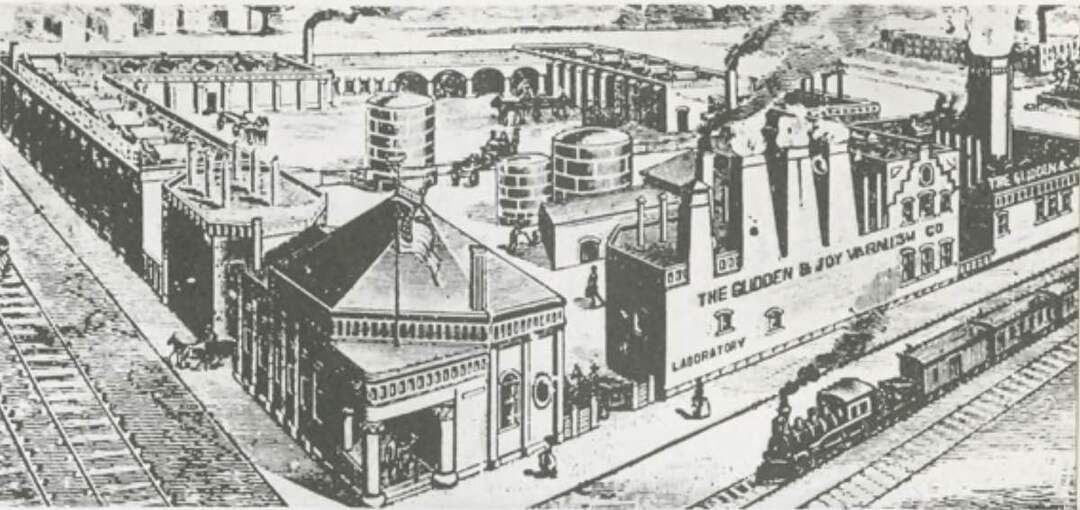
In 1909, Francis K. Glidden, the son of the founder and president of Glidden Paint Co., built a dream home for his family in the University Circle district. The family chose to build in the Wade Park Allotment, a residential development near the current Case Western Reserve University campus. The area was designed for well-to-do residents of Cleveland. Even in the company of the affluent, the Glidden mansion was one of the largest and most impressive in the neighborhood, with dozens of rooms, a full basement, a stately corner yard, and a carriage house.
The Glidden House was built to serve as the family's main residence. Francis (Frank) and his family moved from East 55th Street to the new mansion in 1910. After his death in 1933, his wife Mary resided in the home with her sister - another prominent Clevelander, Ida Winifred - until she passed away in 1939. Mrs. Winifred stayed in the home into the early 1950s.
Like most of Cleveland's elite neighborhoods, Wade Park lost most of its wealthier inhabitants to the nearby suburbs. The expanding suburbs boasted close proximity to Cleveland without the noise and pollution associated with the city. The suburbs also offered safety, larger yards, and lower price tags. This migration left many of the older homes at the mercy of surrounding institutions. Fortunately, because the Glidden House was so centrally located to the WRU campus, the school purchased the property and put it to good use. Originally used as the Psychology Department Building for many years, it later became part of the Law School.
In the mid-1980s, Glidden House evolved into its current life as a boutique hotel. The house is part of the greater movement for more housing in University Circle. Previously, the most common developmental practices here included replacing residential buildings with institutional ones. While many original homes were demolished to make way for high-tech campus buildings or expansive museums, these same institutions also saved some of the magnificent homes. The Glidden House is one home which has not just survived, but has continually been used to contribute to the development of University Circle.
Images





